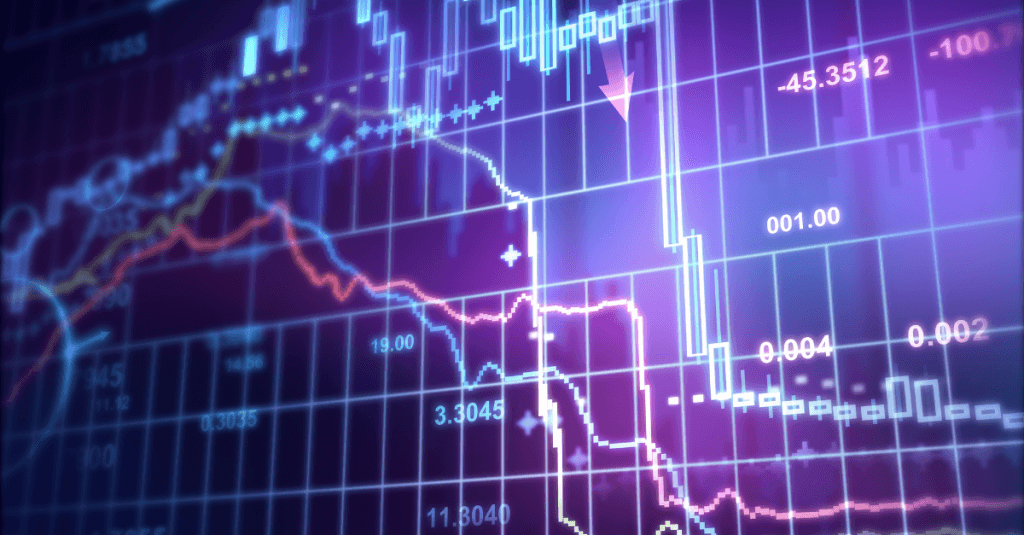Professional traders consider risk management to be the most crucial part of their trading strategy. It is the process of reducing or eliminating the possibility of losing your entire trading account balance. The probability of a loss is known as the risk. You have a great chance of generating money in the Forex market if you control your risk.
“Don’t focus on making money; focus on protecting what you have.” – Paul Tudor Jones.
Risk management is simply a strategy of limiting risk exposure when trading. Losses are an inevitable part of trading, so don’t take them personally. Don’t succumb to the lure of letting your losses run. Instead, make sure you’re always in control of your situation. You must also be prepared to re-enter a trade if market momentum turns back in your favour. Here are our top 5 risk management strategies for new traders to help you reduce your risk on your next trade.
Plan Your Trades
This is a stage that beginner traders should never overlook. Many new traders are anxious and want to get started as quickly as possible. This is a disaster waiting to happen. Keep in mind that you will exit the market just as quickly as you entered it if you don’t prepare properly. Allow yourself as much time as you need to plan your trades and gain confidence in your strategy. Ensure you test it first with paper trading to identify flaws and correct them without risking real money. Consider your trading style and how often you will trade. For example, determine whether you’ll be making a few trades per day or just one per week. This is critical since it will influence how your plan functions and what risk management components it should include.
Only Risk the Money You Can Afford to Lose
One of the most critical rules in Forex trading is only to risk money you can afford to lose. Many traders, particularly newbies, disregard this rule because they believe it won’t happen to them. Trading is very similar to gambling in a casino in that you don’t take undue risks by putting your life savings on the line. Trading with money you rely on will bring extra pressure and emotional stress to your trading, impairing your decision-making abilities and raising the likelihood of making mistakes. Because the Foreign Exchange markets are so volatile, it’s best to trade cautious amounts using disposable income. Trading is unfortunately not for you if you can’t afford to lose the money you trade with.
The One-Percent Rule
According to the one-percent rule, you should never risk more than 1% of your capital on a single trade. It helps you make sensible trades while chasing large profits without taking on too much risk. Many traders fail to follow this rule, as they frequently identify a lucrative opportunity and strive to maximize their potential return. However, it can take one moment where the market proves you wrong, and you lose all your money. For new traders and those with minimal funds, the one-percent rule is one of the most popular and widely used strategies. It encourages self-discipline and sensible risk management.
Use Stop-Loss and Limit Orders
Orders tell your broker to place a trade when the underlying market’s price reaches a specified level. Stop-loss orders are used to pull you out of a trade if the market goes against you, thus “stopping your loss.” It acts as a safety net as you control how much you are willing to lose per trade. Stop-loss and limit orders should be used on every trade for three reasons:
- Protecting your downside is simple logic.
- Your mindset has improved, and you can walk away from your screen with the knowledge that you are protected to some extent.
- The procedure facilitates the sense-checking of the trade versus your trading strategy.
Determine Your Risk/Reward Ratio
The risk/reward ratio tells you how much money you’ll get back for each dollar you put into an investment. A risk/reward ratio is used to evaluate and compare the distance between your entry point and your stop-loss and take-profit orders. Scalpers and day traders should strive for a risk-reward ratio of 1:2 or above, while longer-term swing and position traders should aim for a ratio of 1:3. Example: If your risk-to-reward ratio is 1:3, you can expect to make $3 for every $1 you put at risk. Generally, a risk-to-reward ratio of around 1:3 is the best and most acceptable. You may also think of it as the difference between market price and limit orders set at profit and loss levels on both sides. Traders use the ratio to determine which market opportunities are the best. A well-defined risk/reward ratio means that the trader knows what to expect even before a trade occurs.
Final Thoughts
Forex trading comes with a risk that you should be aware of. The most crucial component of your trading process is having a risk management strategy since it will ensure your long-term survival through the highs and lows of your trading career. Your top priority should be capital preservation as a trader because earnings will take care of themselves. By incorporating risk management into your trading strategy, you will keep your emotions under control, as you will already know how much money you can lose before entering a trade. The strategies outlined above aim to safeguard your portfolio from loss; they won’t necessarily help you boost your per-trade profit, but they will help you increase your monthly and total annual profit by reducing the size of your losses.
For more helpful articles about forex trading, visit our education section.
